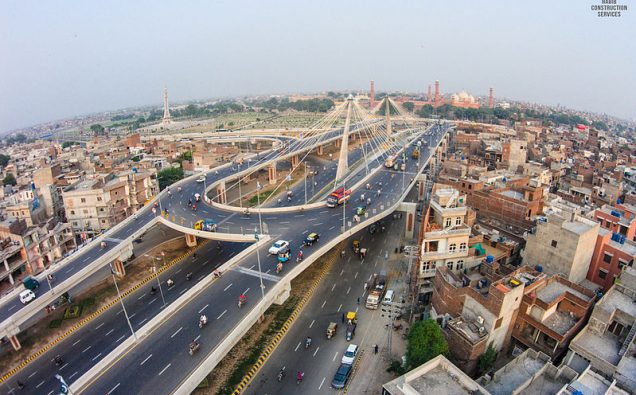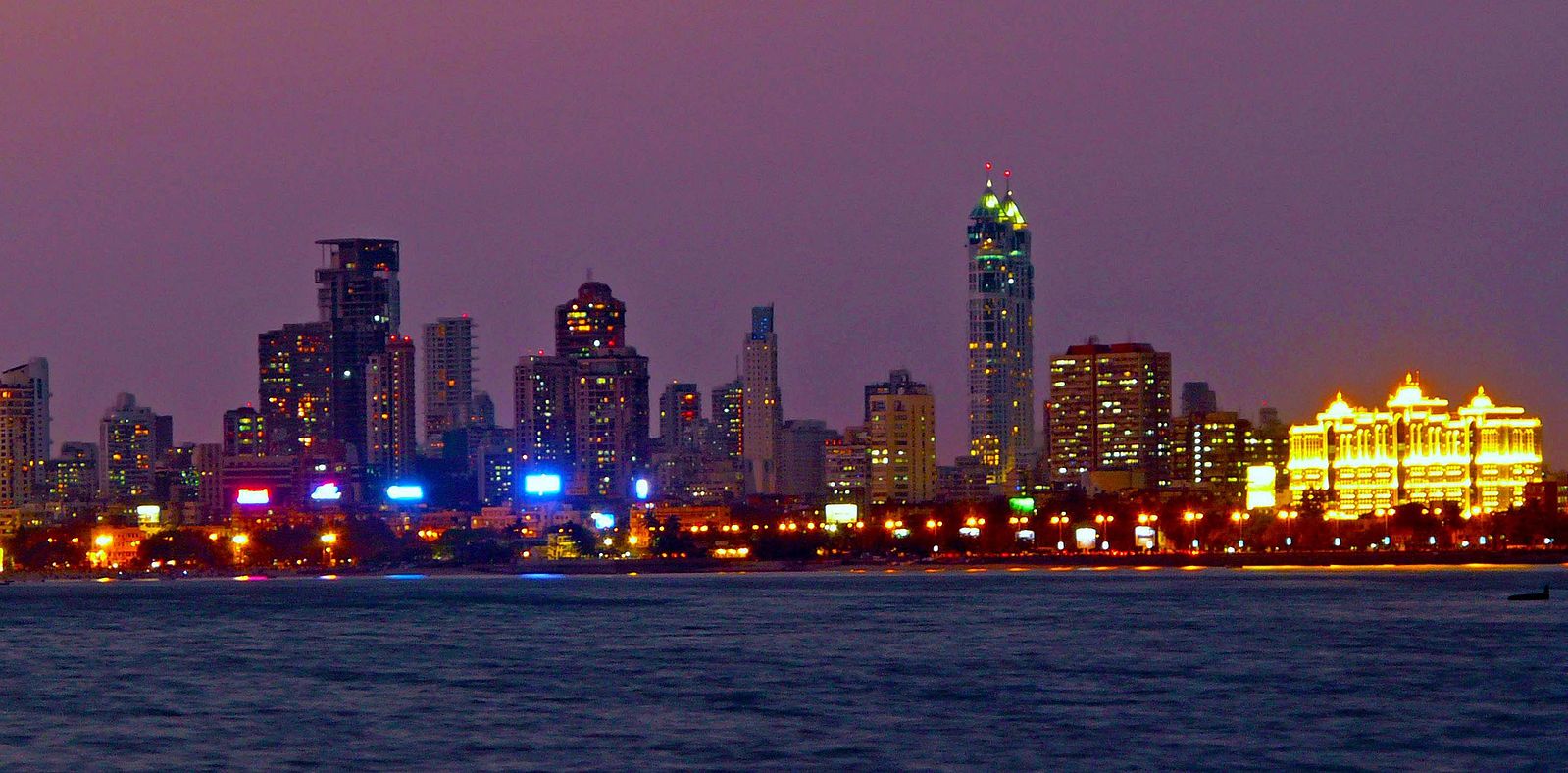
The South Asian region, home to more than one fifth of humanity in eight countries, is likely to show economic growth of 1.8% to 2.8% this year, the World Bank said in its South Asia Economic Focus report, well down from the 6.3% it projected six months ago.
Pakistan may fall into a recession – for the first time in 68 years – due to the severe impact of the deadly pandemic, economy expected to be shrinking up to 2.2% and a painful decline in per capita income, World Bank report South Asia Economic Focus says.
The country was already struggling with a plethora of challenges. Pakistan encountered such a bad economic condition almost 68 years ago but even after the third India-Pakistan war that led to separation of East Pakistan, the country posted some growth.
Prime Minister Imran Khan announced a relief package and support for businesses but it’s unclear how long the COVID-19 challenged will keep tens of millions of workers in its over 200 million population out of work and keep taps on the growth.
“Pakistan, which has already experienced low growth rates in recent years, could well fall into a recession”, noted the report. With 1.8% population growth, that would imply a painful decline in per capita income, the report added.
These are the steepest estimates so far given by any multilateral agency and local authorities and independent experts. The Ministry of Planning had predicted Rs2 trillion to Rs2.5 trillion economic losses in April-June period but it did not forecast the economy falling into a recession.
Pakistan has been clubbed with Maldives, Sri Lanka and Afghanistan whose GDP growth forecast for this fiscal year is in negative territory. In the worst case scenario, the whole region would experience a contraction of GDP, according to the Bank assessment.
In the case of Pakistan, 54% of manufacturing exports are related to the textile and food, beverages, and tobacco sub-sectors. Bangladesh and Pakistan, the main exporters, will suffer disproportionately, in part because the countries that suffered the largest outbreaks are also the largest buyers of garments from these two countries.
Capital markets seem less vulnerable for the time being, but declines in capital flows may impact India and Pakistan, according to the WB. The Bank fears if the coronavirus spreads further and lockdown measures remain in place for a long period, it will become more challenging to guarantee food security, especially for the most vulnerable in the population.
In Pakistan, India, Nepal and Bangladesh, with high levels of food insecurity and widespread malnutrition among children, the consequences of the virus spreading widely could reverse the recent positive trends in poverty and prove to be catastrophic and far reaching, it adds.
The report says that close to 70% of the poorest group in India and Pakistan lacks either soap or water for handwashing. It should not be a surprise that a highly transmissible disease could spread more quickly among those in poorer groups.
Overall, South Asia regional growth will fall to a range between 1.8% and 2.8% in 2020, down from 6.3% projected six months ago, according to the WB. In the case of longer national lockdowns, the report warns of a worst-case scenario in which the entire region would experience a negative growth rate this year.
This dire forecast will continue into the next year, with growth projected to hover between 3.1% and 4%, down from the previous 6.7% estimate.
India, Bangladesh Pakistan and Sri Lanka are expected to see deficits rise to between 7% and 10% of GDP in the baseline, according to the development and lending institution.
Islamabad has reduced its interest rate of 9 percent while India, Bangladesh and Sri Lanka had already loosened monetary policy since mid-2019 in an effort to stimulate weak demand.















